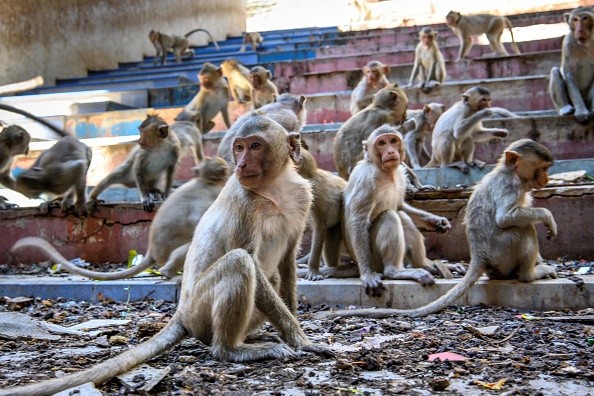A University of Otago study of tooth wear in a group of wild Japanese macaques has important implications for the study of human evolution.

A Bizarre Study
Dr. Ian Towle and Dr. Carolina Loch of the Sir John Walsh Research Institute analyzed root grooves and massive uniform scratches in the macaques' teeth, which had previously only been documented in fossil humans, in conjunction with researchers from Japan.
Unusual wear on our fossil forefathers' teeth is considered unique to humans and indicates particular tool usage. According to Dr. Towle, these clothing styles have also been regarded as some of the oldest evidence of our ancestors' cultural traditions.
Their data, however, implies that this theory may need to be reconsidered, as we describe identical tooth wear in a group of wild monkeys that do not utilize tools. The study was published in the American Journal of Biological Anthropology.
Related Article: Recent Discovery Shows How There Might Actually be Three T-Rex Species
Raising Questions
The findings raise challenges about our understanding of cultural development in humans and imply that early evidence of cultural practices may need to be reexamined.
The researchers found that the 'toothpick'-like grooves on rear teeth and big uniform scratches on the macaques' front teeth were produced by something more ordinary, although surprisingly: the macaques eating shellfish from rocks and unwittingly chewing grit and sand with their meal.
Odd Macaque Population

This macaque population is noted for doing unusual behaviors such as washing food in water and eating fish. They've been researched for over 70 years and have never been spotted utilizing tools or other objects that may explain the odd tooth wear seen.
Dr. Towle has been researching tooth wear and diseases in several primate species and was "amazed" to discover this form of tooth wear in a group of wild monkeys.
Odd Tooth
Large scratches in the front teeth of fossil people were previously thought to be created by a behavior known as'stuff and cut,' in which an object such as an animal skin is held between the front teeth and sliced with a stone instrument. 'Toothpick' grooves, on the other hand, are supposed to be produced by instruments being put between back teeth to remove food debris or ease discomfort.
Although this does not rule out the possibility of hominins putting tools in their mouths, our findings imply that grit ingestion by accident and/or regular food processing behaviors might also be to blame for these unusual wear patterns.
Providing New Insight
According to Dr. Towle, the findings offer insight into how scholars perceive cultural changes throughout the history of human development.
They're so used to proving that humans are unique that they overlook parallels with other primates. Today's research on live primates may reveal vital signals hitherto been neglected.
Also Read : New Fossil Discovery Can Possibly Contribute 100s and Millions of Years to Evolution Research
For more biological news, don't forget to follow Nature World News
© 2025 NatureWorldNews.com All rights reserved. Do not reproduce without permission.





